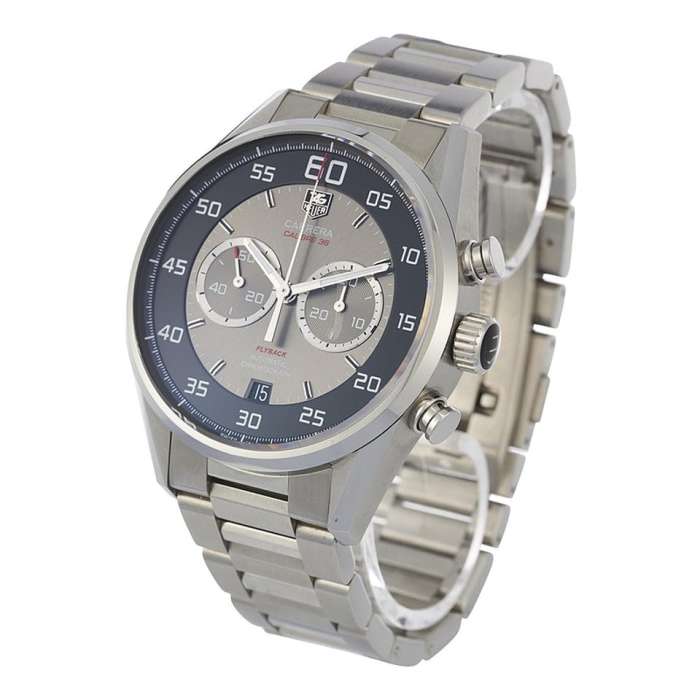Accuracy is seldom contemplated in the world of horology. There are many things one looks for in a new watch - cost, functionality, design, and of course prestige. And yet there's one simple yet vital element that can be all too often neglected by would-be watch owners: accuracy.
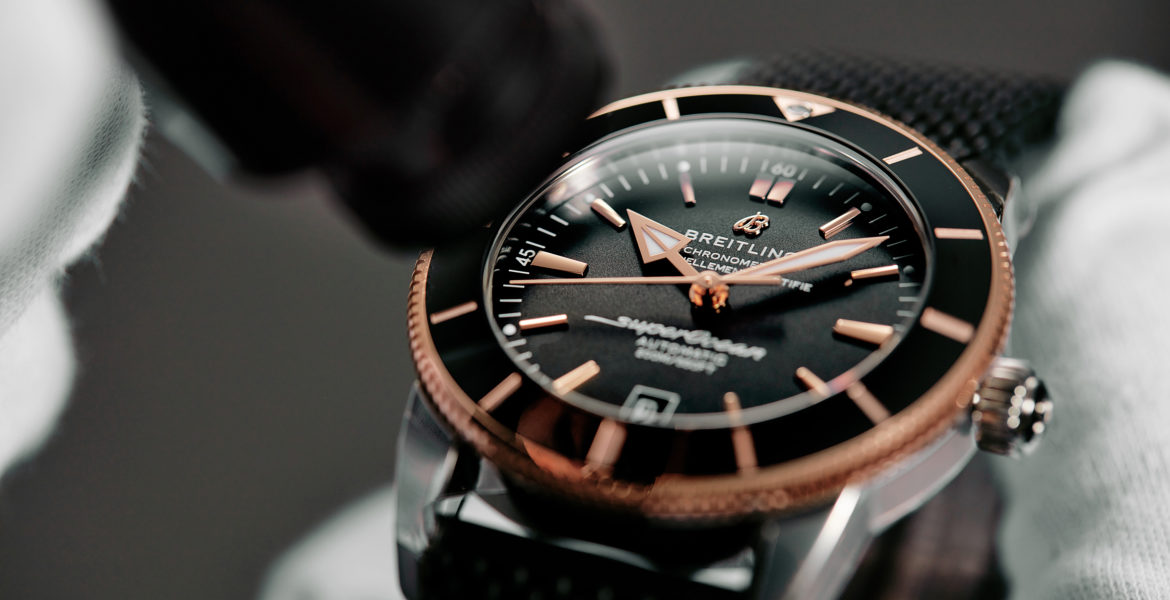
All about watch accuracy and our top 5 recommendations

What is accuracy?
But what is actually meant by the term "accuracy"? One of the first things to note is that "accuracy" and "precision" are not interchangeable. Often people say that a watch is precise or accurate and it is generally understood to mean the same thing. On the contrary, they both have completely different meanings. We measure the performance of a timekeeping device based on two factors: Firstly, it’s accuracy, and then on rate stability.
If a watch is synchronised exactly with Coordinated Universal Time (UTC), which is the reference point for other timezones, and is 1.3 seconds fast a day later, then the watch is accurate to within 1.3 seconds per day. Rate stability, tell us how a timekeeping device can produce time with the same accuracy over a certain time interval. Essentially, it does not tell us whether the time is accurate or not, rather if it consistent. If you have a watch with a stable rate, then you can call it a precision watch.
Its daily rate variation on one day may be -10 seconds. The next day, it may be +8, then +10, then -5, then -7, then +4. After five days, the watch would appear to be synchronised exactly to the time standard, and you may feel like you have an accurate watch. The opposite is in fact true: This is not a precise watch and is merely a matter of having been lucky and having looked at the watch at the right moment. If you’re after a precision watch, this is not an ideal situation for you.

Quartz Watches
The most accurate watches on the market use quartz movements with the Quartz Industry standardising on 32kHz crystals as their oscillators in the 70’s as a result of their reliability, small dimensions and low power consumption. So for example, the battery inside a quartz watch sends electricity to the quartz crystal through an electronic circuit. The crystal oscillates at a precise frequency: exactly 32768 times each second. The circuit counts the number of vibrations and uses them to generate regular electric pulses, one per second. What these pulses do is either power an LCD display or they can drive a small electric motor which turns gear wheels that spin the watch’s second, minute, and hour hands.
Electronic devices that measure the oscillations of cheap crystals have proved much more precise than our greatest mechanical efforts. The best quartz watches measure their lost seconds over years rather than days. This is one of the best reasons to consider buying one.

Mechanical Watches
Mechanical watches have their own intricate charm though. However, when it comes to accuracy, there are more factors to take into consideration. How you wear your watches plays a vital role and the accuracy can vary day by day.
The watch will gain or lose time when resting in a single position as a result of gravity, this is when the balance wheel comes into play as it adjusts to compensate for losses and gains in different positions. An adjusted watch should perform overall within the specification when worn throughout the day. When you take your watch off at night, you can try different positions to find the ideal one. Generally, we recommend placing it flat with the dial facing up. However, you can experiment yourself to find the ideal position.
Furthermore, temperature is also a key factor. Changing temperatures can expand or contract some parts of the watch, however in many modern watches, they are designed in such a way to compensate for this unless the watch is subjected to extreme changes in the weather. Even then, a simple regulation can fix it.
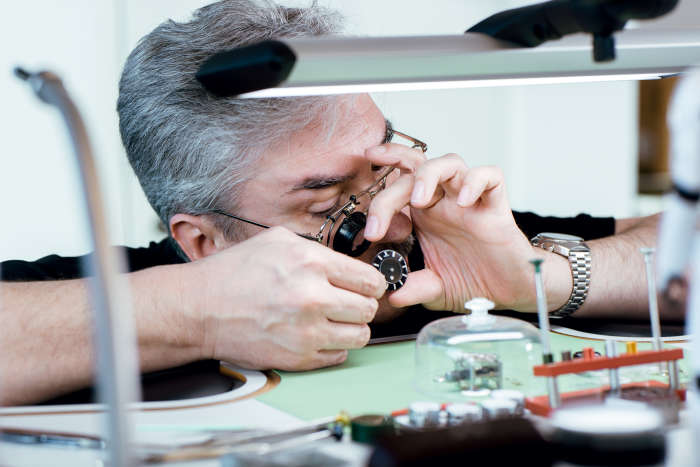
A new mechanical watch will take a few weeks before finding its momentum and keeping time ‘accurately.’ This is usually so that the lubricants that are inside the watch can be distributed evenly. Should you find your watch running slow or fast after the initial few weeks, you can either go for a regulation or an adjustment.
Regulation: If your watch is running either fast or slow consistently, the solution would be to regulate the beat rate accordingly. This is quite simple and can be done quickly by turning a screw. A qualified watchmaker can perform this task in a few minutes with the right equipment. It’s actually one of the most common tasks performed in our own CHRONEXT watchmaking atelier.
Adjustment: This is mainly for watches that run slow or fast but not consistently, especially in different positions. Here, the balance wheel would be adjusted to compensate for the different positions. This is also a simple procedure but does require more time as each position would need to be monitored and adjusted.

Our Top 5
Now that you have a general idea on accuracy, let us present to you some watches with precision that horologists have managed to achieve by purely mechanical means.
Rolex Datejust 41
The Datejust is not known for being particularly high-tech or sporty, and that's exactly what we like about this incredible watch. Rolex doesn't exactly have a single "most accurate" timepiece - instead, it tests all of its watches in-house, ensuring they meet extremely stringent standards for reliability and precision, with a minimum accuracy of +/- 2 seconds per day.
The Datejust 41 (ref 126300) was among the first watches to receive the sumptuous new Rolex calibre 3235. It is surely one of the finest watch movements in wide production on the market, completely overhauling the previous 3135 series. Among its fistfuls of new patents is the ultra-efficient Chronergy escapement and a redesign of the mainspring barrel that allows for a whopping 70-hour power reserve. All this in a watch famous for its classic, understated elegance - what a treat.
Power reserve: 70 hours
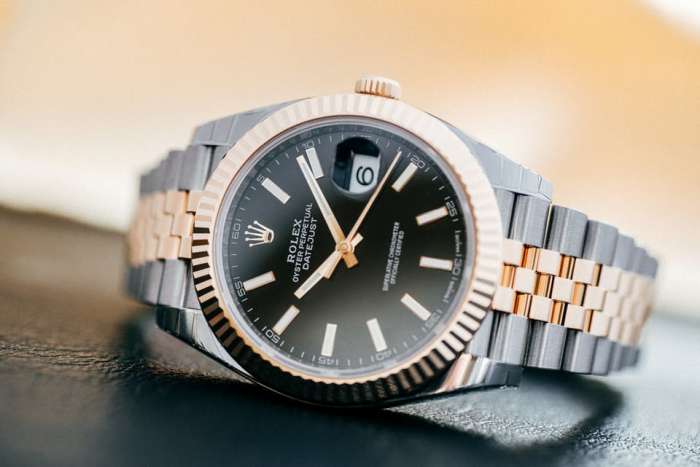
Omega Planet Ocean
When it comes to the most accurate watches, Rolex's long-term rival has always been Omega. Both brands have been pioneering what many consider to be the best high-production movements in the history of mechanical watches. One of the very best is Omega's calibre 8500, first released in 2007.
The 8500 is famous for its co-axial escapement, a groundbreaking invention by Georges Daniels, later purchased by Omega. While it's not the first movement to use the co-axial, it was the first to reach the full potential of the escapement, using super-low-friction materials to reduce wear and boost durability. Like Rolex, Omega proves its fantastic accuracy credentials with extra testing that goes well beyond COSC industry standard. Where better to find one than in the beloved Seamaster Planet Ocean?
Power reserve: 60 hours
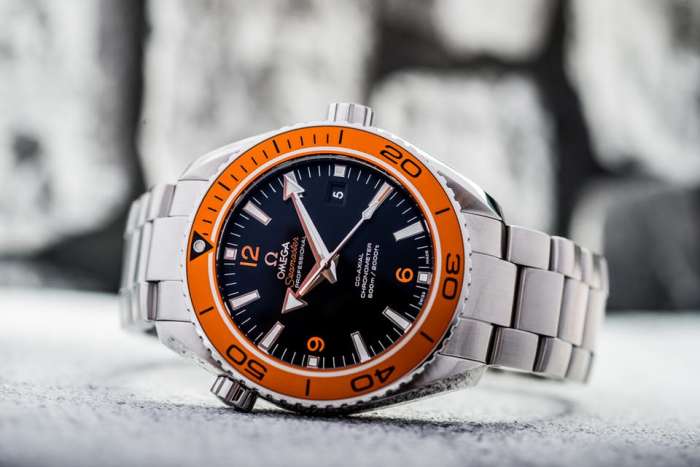
Breitling Superocean Heritage II
This superb diving watch, which made waves at recent Baselworlds, features a really excellent movement that Breitling calls the B20. However, its original name is the MT5612, made by Tudor, the junior partner to Rolex. Breitling does manufacture its own very fine in-house movements, and in this case it made a mutual loan agreement with Tudor to each use the other brand's calibre.
The B20 is probably not the most accurate movement ever built, but it has won rave reviews across the industry. Its strength lies not just in precision but in its very balanced long-term rate, and its durability - designed to remain highly accurate even under the conditions experienced by tough sports watches in frequent use.
Power reserve: 70 hours
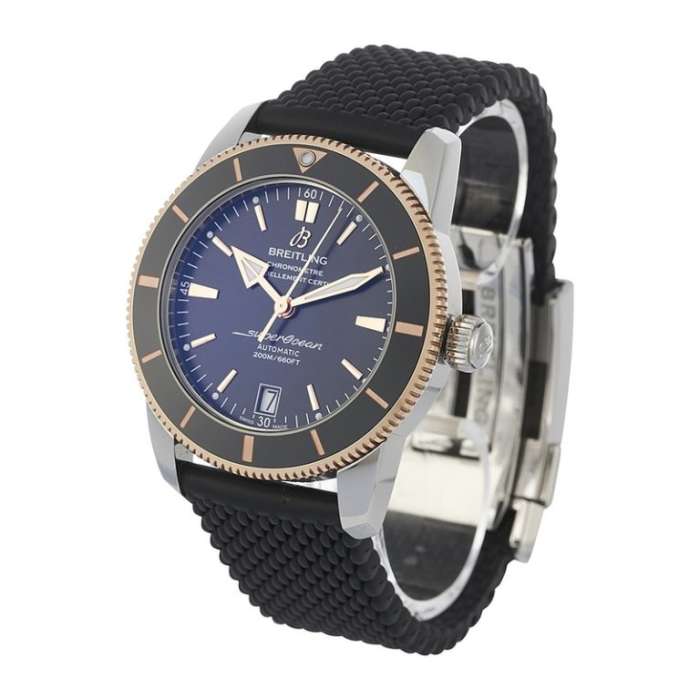
Zenith El Primero
Despite almost disappearing forever during the quartz crisis of the 1970s and 80s, Zenith has achieved remarkable things with mechanical technology in the last 50 years. The new Zenith Defy Lab (and this year's upgrade, the Inventor) is said to be the most accurate mechanical watch ever made, beating at 15Hz and deviating by no more than 0.3 seconds per day. Unfortunately it remains a prototype, not yet available for general release.
The El Primero, however, has been widely popular ever since it became the first automatic chronograph in 1969. Chronographs are tough beasts to master at the best of times, and to do so with a movement boasting extraordinary 5Hz frequency and impeccable precision is truly one of the great miracles of modern watchmaking. Plus, the classic design remains as cool as ever.
Power reserve: 50 hours
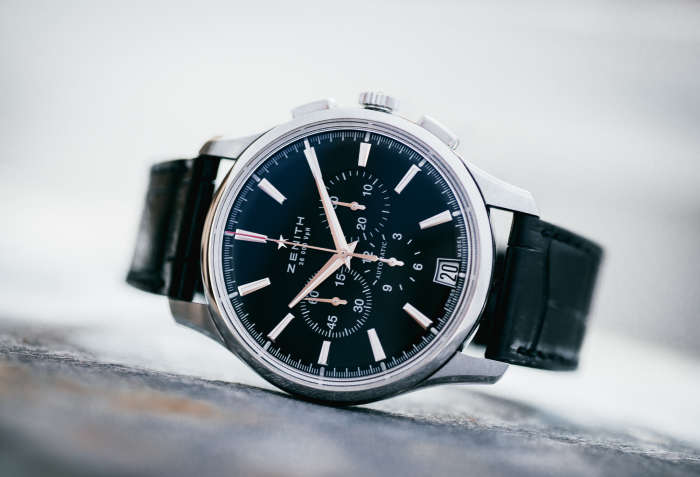
TAG Heuer Carrera Calibre 36
The Calibre 36 is in fact a modified version of the El Primero mentioned above. Like its LVMH partner Zenith, TAG Heuer has been experimenting with ultra-high precision in recent decades, producing fantastical concept watches like the Mikrotimer, the Mikrogirder and the impressive Calibre 360, accurate to 100th of a second. For those of us stuck in the real world, we are more than happy to make do with this gorgeous Carrera, a watch with impeccable racing pedigree, fitted with the ultimate high-frequency legend, the El Primero.
Power reserve: 50 hours
